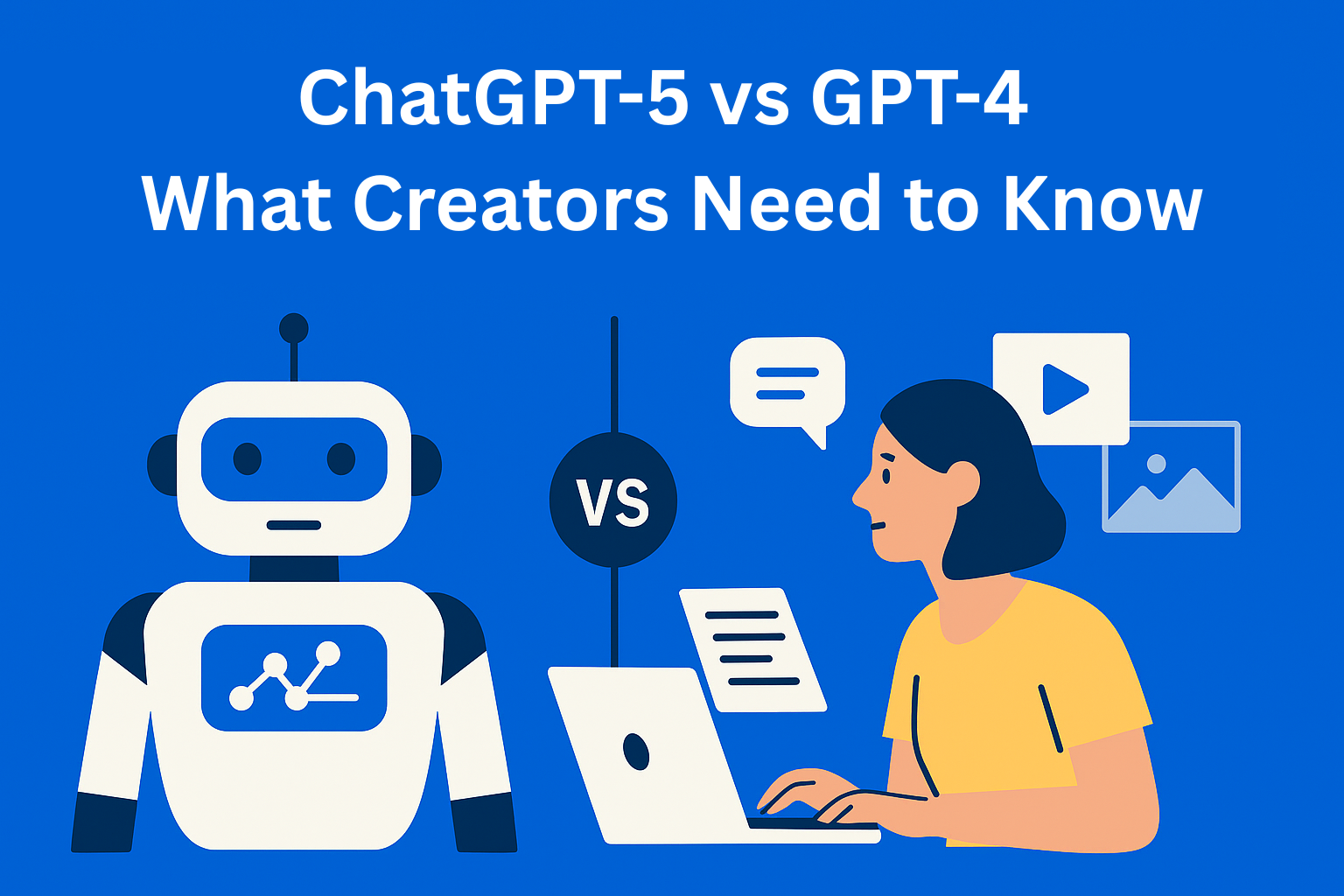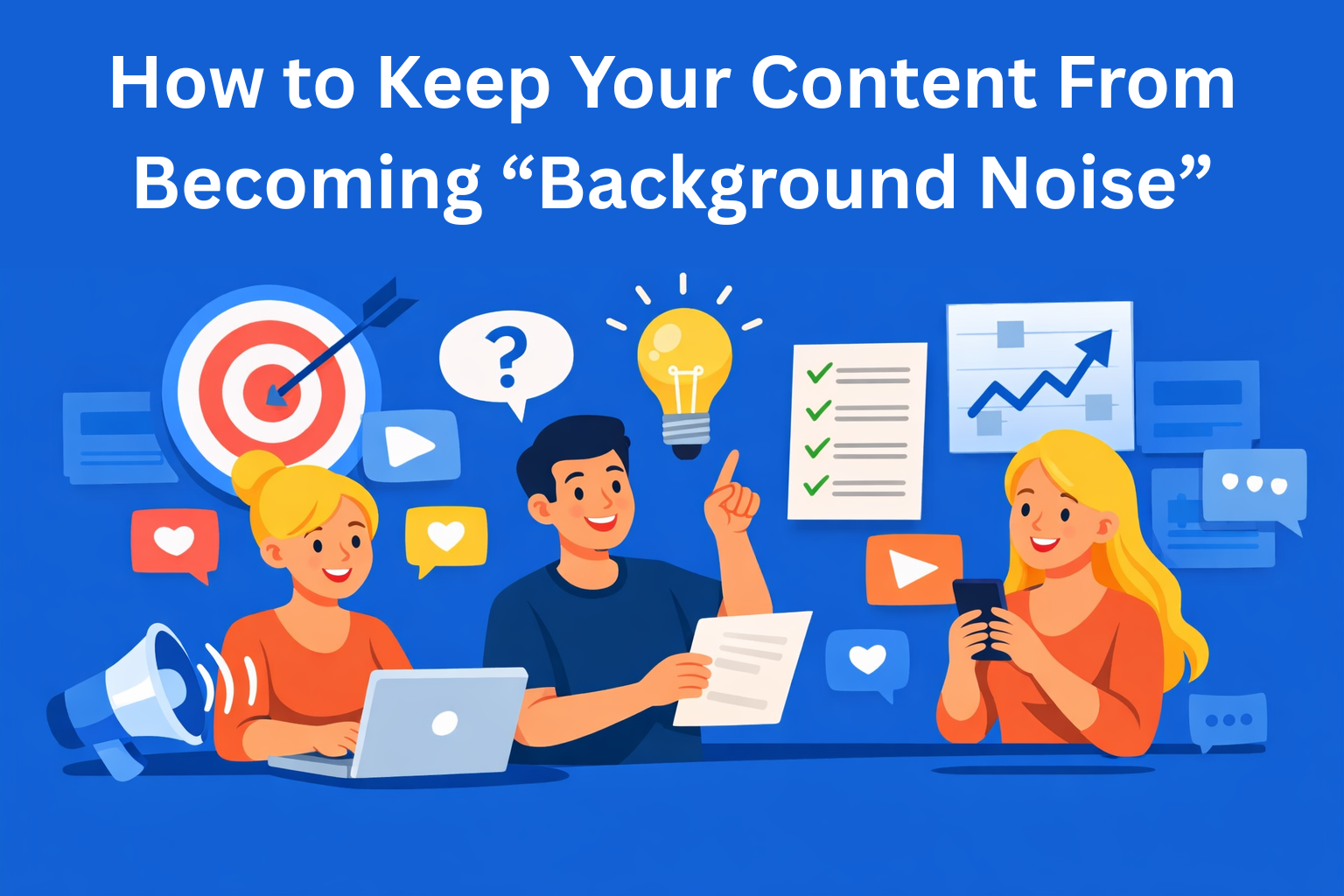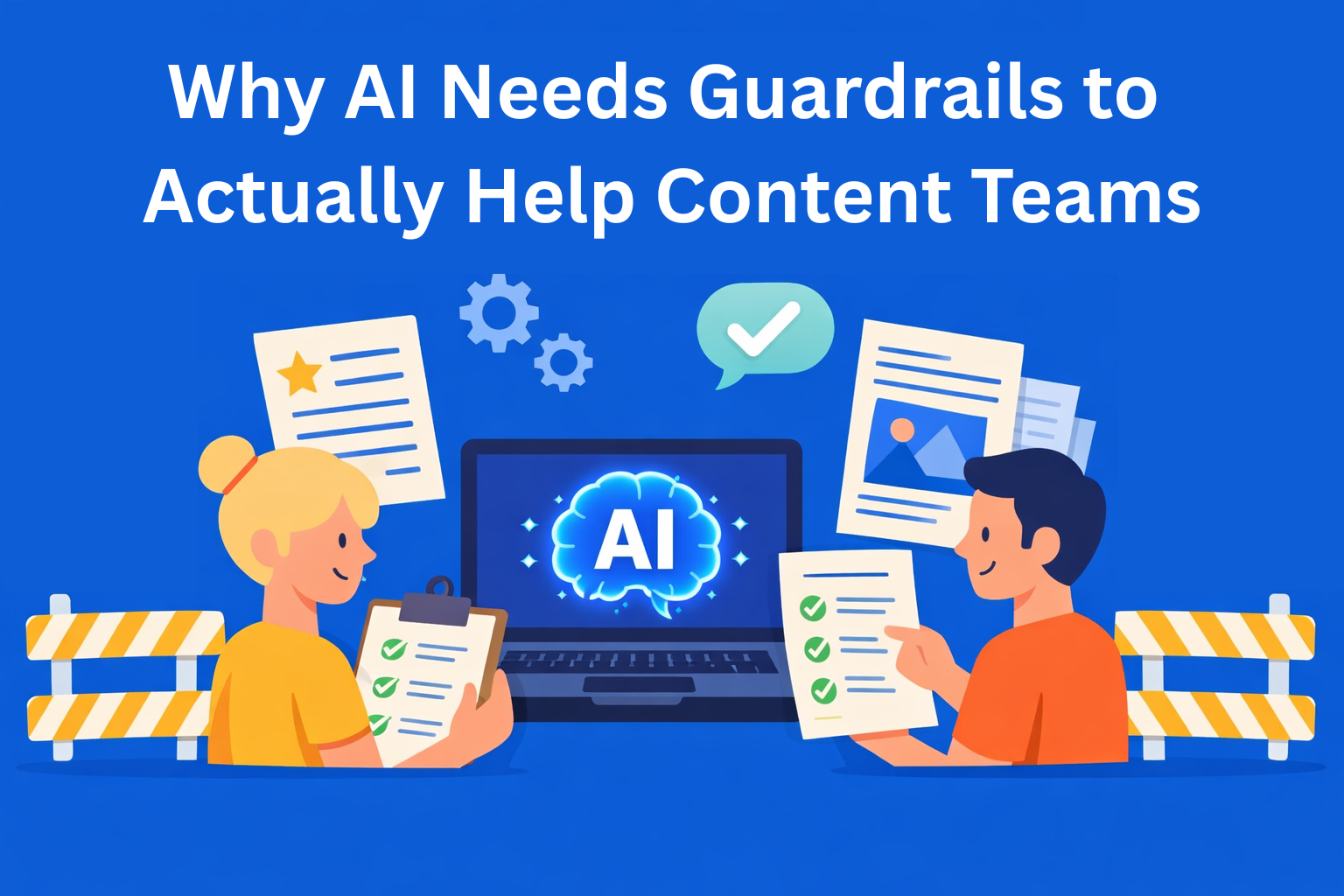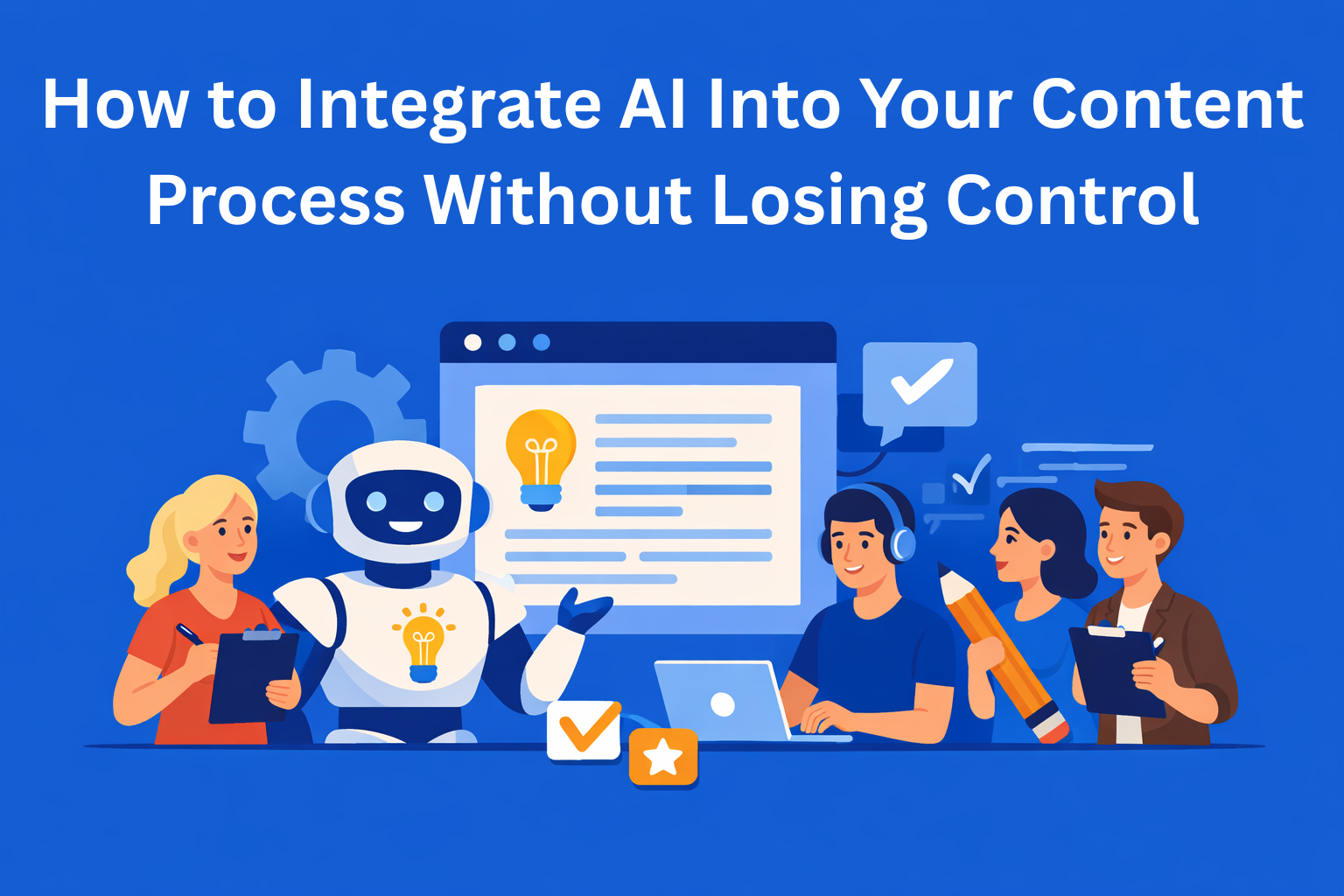How ChatGPT-5 Is About to Rewrite the Rules of Content Creation
GPT-5 is here to change the rules of content creation. Faster processing, better logic, multimodal capabilities, but will it really replace the human touch or just make the process smoother?

Or… will it?
That’s the real question. Every time a new GPT model drops, there’s a wave of excitement, LinkedIn think pieces, and bold predictions about how it’s going to “revolutionize content.” But if you’ve been using AI tools for a while, you know that some upgrades are game-changers… and some just make things a bit smoother.
So with GPT-5 here, let’s break down what’s actually different, what stays the same, and whether it truly changes how we create content.
Key Takeaways
- GPT-5 refines the process, not reinvents it - it boosts capability across memory, tone, and multimodal formats without replacing fundamentals.
- Prompting still matters, but with less friction - GPT-5 needs fewer details, but clear goals and tone guidance remain essential.
- Consistency is easier with better memory - you can load brand voice once and maintain it across longer sessions or complex tasks.
- It handles layered and mixed-format tasks - blog + social + video in one workflow is now much more practical and effective.
- GPT-5 is a creative partner, not a replacement - human editing, judgment, and authenticity still define standout content.
What’s New With GPT-5 (and Why It Matters for Content Creators)
The jump from GPT-4 to GPT-5 isn’t just about speed - it’s about capability. Here are the upgrades that can make a difference if you’re in the content business:
- Bigger memory - GPT-5 can remember way more context than GPT-4, meaning you can feed it long documents or multiple pieces of background info, and it’ll still stay on track. No more constantly re-explaining your brand tone every few prompts.
- Better reasoning - It’s sharper with logic, so if you give it complex instructions (like weaving multiple angles into one blog post), it handles them without losing the thread.
- Multimodal power - It can process and generate text, images, audio, and even video. This opens doors for content teams experimenting with mixed formats.
- Tone control - You can more easily steer its personality, from casual and friendly to professional and direct, without as much back-and-forth editing.
- Fewer hallucinations - It’s not perfect, but it’s less likely to confidently make things up compared to earlier models.
Do We Still Need to Prompt the Same Way?
Here’s the short answer: yes… and no.
What’s different:
GPT-5 needs less hand-holding than GPT-4. You can give it fewer instructions and still get decent output. That said, vague prompts still lead to vague results - so being clear about tone, audience, and structure still pays off.
What’s the same:
If you want content that sounds like you (and not like every other AI-assisted piece out there), you still need to give it brand guidelines and examples. And you still need to edit. GPT-5 is better, but it’s not replacing the human quality check.
How GPT-4 and GPT-5 Compare for Content Workflows
If you’re wondering how the two compare, here’s how they stack up:
- Context handling: GPT-5 wins big here - it remembers far more, so long projects are easier.
- Accuracy: GPT-5 makes fewer mistakes, though fact-checking is still a must.
- Tone: GPT-5 adapts faster and can keep the same tone across longer stretches.
- Creative depth: GPT-5 is better at weaving nuance into complex topics, which is great for thought leadership and storytelling.
- Multimodal: GPT-4 was mostly text-based; GPT-5 plays across multiple content formats.
So, as you can see, GPT-5 wins in every aspect. Even if not a big step-up, it's still better than its predecessor.
Practical Ways to Use GPT-5 in Content Creation
If you’re already using AI in your workflow, GPT-5 makes a few things easier:
- Feed brand voice once - Take advantage of its long memory by giving it your full style guide at the start of a session.
- Ask for multiple angles in one go - Instead of running three separate prompts, GPT-5 can handle layered requests better.
- Use it for first drafts of mixed-format content - Blog plus social posts, blog plus email, or even blog plus video script.
- Let it brainstorm deeper - Because of its reasoning improvements, you can push it to find less obvious ideas and connections.
Conclusion
For most content teams, GPT-5 isn’t about tearing up the rulebook - it’s about refining it. The fundamentals of working with AI are still the same:
- Give it a clear direction.
- Keep your brand voice front and center.
- Edit for accuracy and authenticity.
The difference is, GPT-5 lets you do all of that with fewer interruptions and more possibilities for creativity, especially if you’re blending formats or tackling large, complex projects.
Will it completely transform content creation? Maybe not overnight. But it’s another step toward AI becoming a true creative partner, not just a tool.






